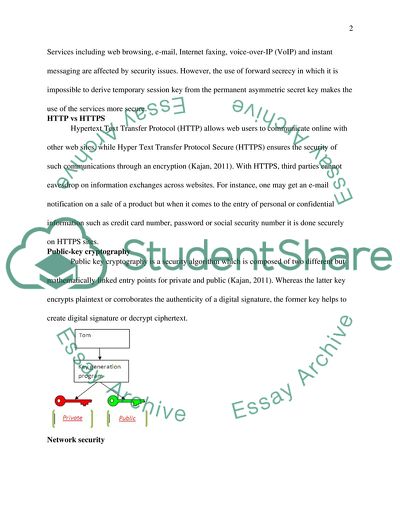E-business Foundations and Basic Concepts Research Paper. https://studentshare.org/e-commerce/1806606-e-business-foundations-and-basic-concepts
E-Business Foundations and Basic Concepts Research Paper. https://studentshare.org/e-commerce/1806606-e-business-foundations-and-basic-concepts.


